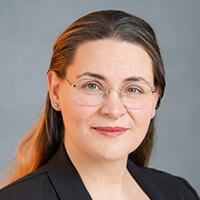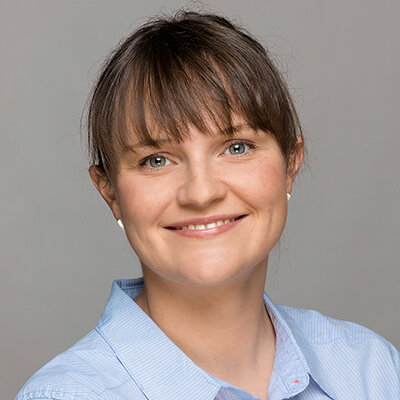We use cookies to enable the functions required for this website, such as login or a shopping cart. You can find more information in our privacy policy.
1st Edition 2024
Buch
Hardcover; 21 x 28 cm, 256 Seiten, 370 Abbildungen
Sprache: Deutsch
Kategorien: General Dentistry, Pediatric Dentistry
ISBN 978-3-86867-610-5
QP Deutschland
The tongue has an important function for the development of myofunctional balance, among other things. Consequently, a tongue ligament that restricts the tongue’s function could result in far-reaching consequences. Depending on the age of the individual, it can cause breastfeeding difficulties or problems with eating. Misaligned teeth and jaws, anomalies in linguistic development, breathing, or sensorimotor development are also possible. The authors of this book deal with all aspects of the subject in a scientifically sound manner for all stages of the patient’s life and on the basis of their practical experience as dentists, orthodontists, osteopaths, physiotherapists, logopedists, and breastfeeding consultants.
Including an introductory message by Mathilde Furtenbach and contributions by Andrea Freudenberg, Sabine Fuhlbrück, Michaela Dreißig, Veronika Langenberg, Jan Büchner, Marc Asche, Claudia Kanitz, Claudia Ladewig, and Franka Meuter
Contents
Chapter 1. Embryology, anatomy, and physiology of the head and lower tongue region
• Introduction to the topic
• Morphologic development of the skull
• Embryologic aspects of the sublingual region
• Macro- and microanatomical aspects of the tongue, the region under the tongue and floor of the mouth, and the lingual ligament
• Physiologic aspects of the orofacial-respiratory system from different perspectives (myofunctional, breastfeeding, logopedic, physiotherapeutic)
Chapter 2. The tongue in a comprehensive context
• Introduction
• The restrictive lingual ligament in relation to sleep
Chapter 3. The pathology of the restrictive lingual ligament and its interdisciplinary management in patients of different ages
• Introduction
• Pathology of morphologic skull development
• The restrictive lingual ligament in infancy
• The restrictive lingual ligament in the primary and mixed dentition
• The restrictive lingual ligament in adulthood
Chapter 4. Separation media, treatment decisions and failures, discussion, and network design
• Laser
• Failures and complications
• The decision regarding the optimal time, the decision to “not separate,” partial and two-stage separations as a therapy option
• Discussion on the necessity of active wound management
• Efficient ways for interdisciplinary collaboration and useful working documents

Anita Beckmann is a self-employed dentist in Berlin. As a mother of two children, who also had a restrictive tongue tie, she initially began working on the topic out of her own interest. She then attended her first training course on the topic in 2018, and undertook numerous training courses in the following years with Dr. Zaghi, Dr. Kotlow, Dr. Ghaheri, and many others. She is now not only a founding member of the relevant professional association (Defagor e.V.), but has also specialized in the holistic treatment of oral restrictions in addition to the treatment of craniomandibular dysfunctions.

Dr. med. dent. Ulrike Uhlmann studied dentistry at the University of Leipzig and completed her doctorate at the Johannes Gutenberg University in Mainz. She specializes in pediatric and adolescent dentistry and works in a family dental practice near Leipzig. As a mother of four children, she was personally confronted with the topic of oral restrictions for the first time when her first daughter was born in 2013. After her first parental leave, she began to deal more intensively with the topic professionally and completed further training with Dr. Zaghi and Dr. Ghaheri, among others. As interdisciplinary collaboration between speech therapists, midwives, and myofunctional therapists has always been a key aspect of her professional approach, the idea for this book was born of both a personal and professional passion. Dr. Uhlmann is an active member of the Leipzig Tongue Tie Network and works as an author and speaker alongside her work in practice.